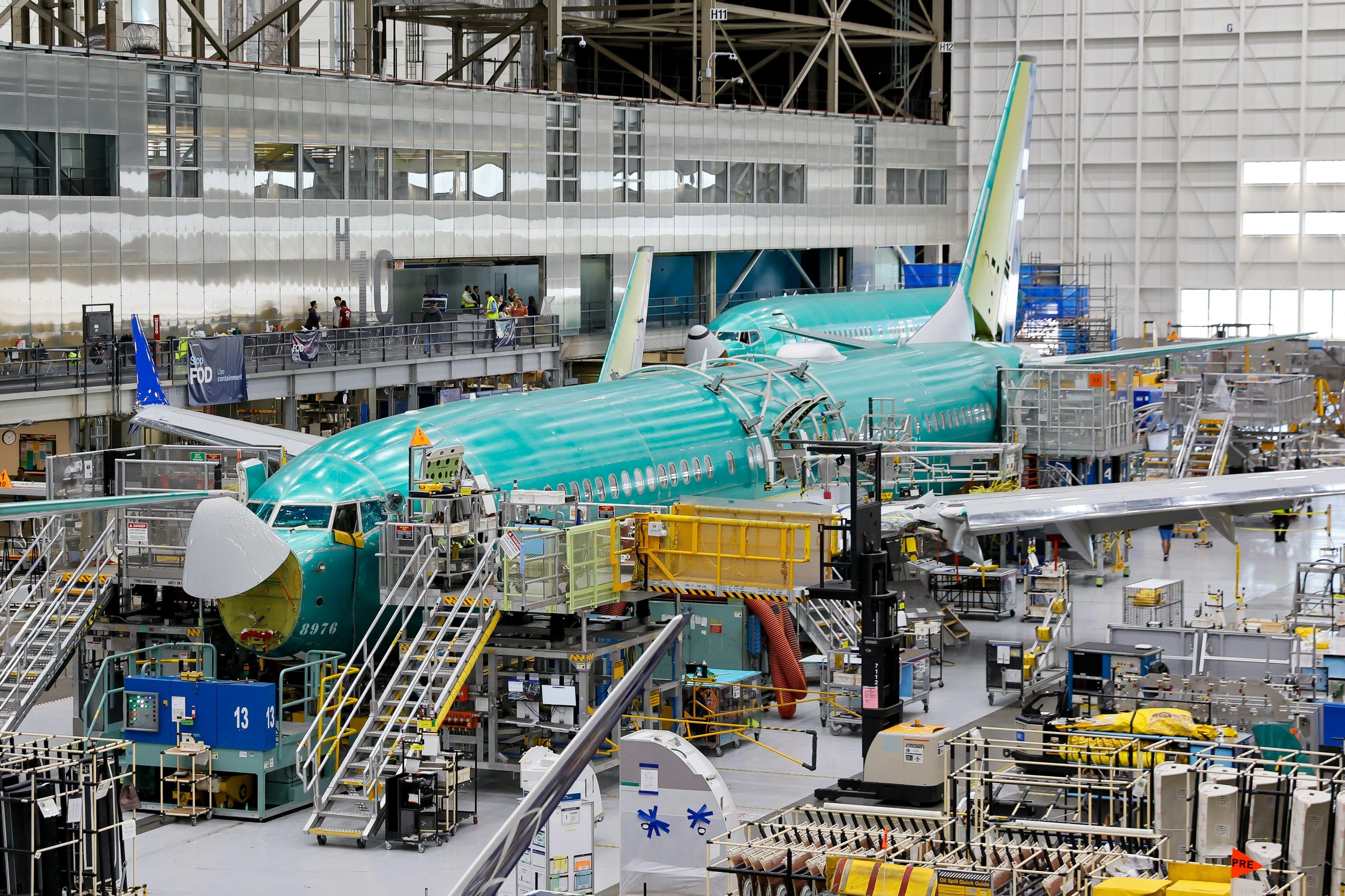
AeroGenie — Votre copilote intelligent.
Tendances
Categories
Lufthansa and Brussels Airlines Adopt Flexible Capacity Strategies for Summer 2025
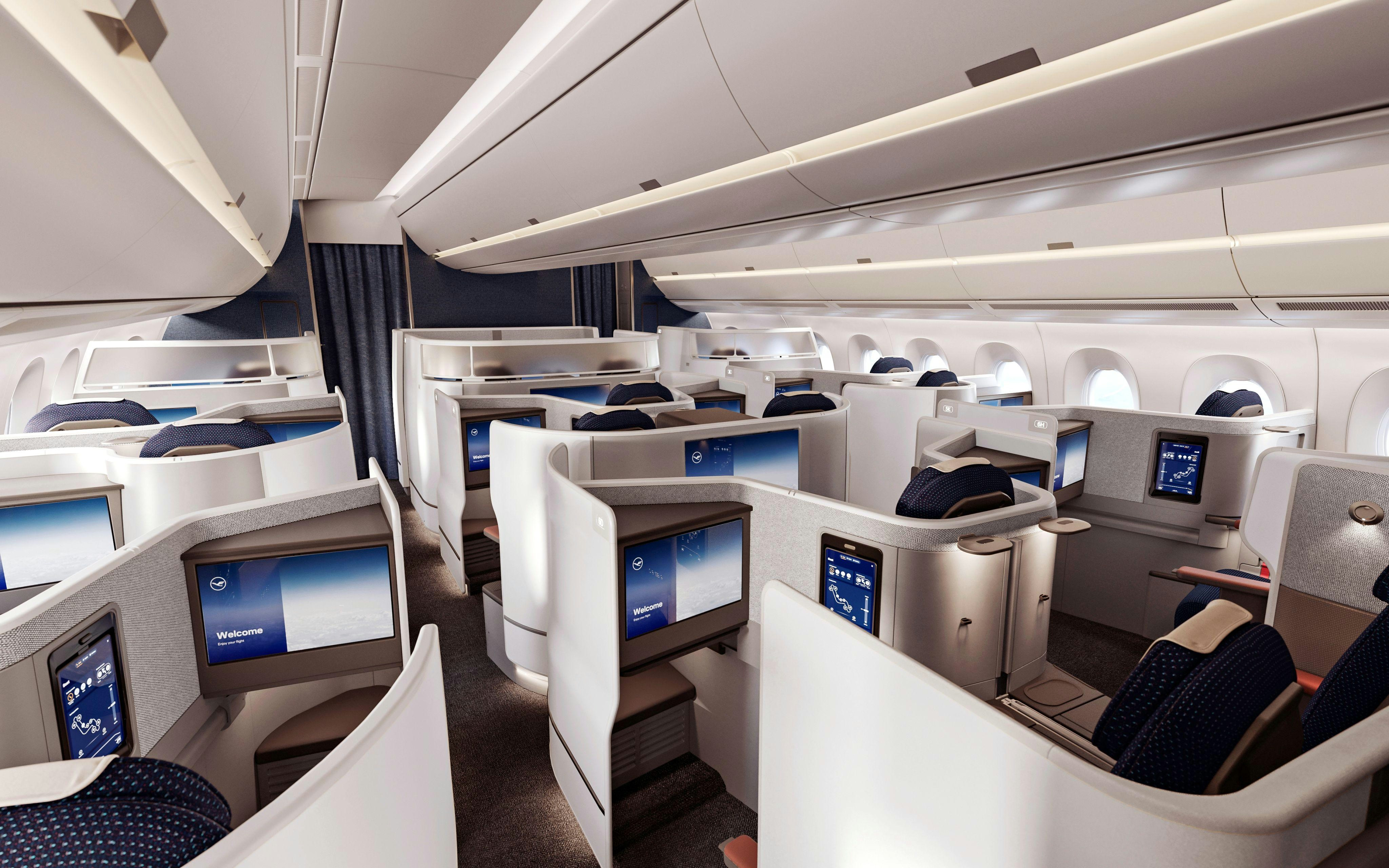
Lufthansa and Brussels Airlines Adopt Flexible Capacity Strategies for Summer 2025
Deutsche Lufthansa AG is implementing a new elastic capacity planning strategy designed to better manage seasonal fluctuations in travel demand. This approach seeks to provide the group with enhanced flexibility to respond to changing market conditions, particularly as the aviation sector continues to adjust to post-pandemic realities and shifting passenger behaviors.
Brussels Airlines Expands Fleet and Workforce
Brussels Airlines, the smallest network carrier within the Lufthansa Group, exemplifies this strategy through its plans for the summer 2025 season. The airline intends to increase its fleet and workforce to accommodate the anticipated surge in passenger numbers during the peak travel period. Specifically, Brussels Airlines will operate up to 50 aircraft in its 2025 summer schedule, marking an increase of six aircraft compared to the previous year.
This fleet expansion will be achieved through a combination of new acquisitions and external partnerships. The airline will add a new Airbus A320 and an Airbus A330 to its lineup, while also wet-leasing four Airbus A220 aircraft from Air Baltic. Wet leasing, which includes aircraft, crew, maintenance, and insurance, allows Brussels Airlines to rapidly scale capacity and underscores the collaborative efforts within the Lufthansa Group and with strategic partners. The Airbus A220, noted for its efficiency and passenger comfort, will enhance the airline’s short- and medium-haul network.
Alongside fleet growth, Brussels Airlines has significantly bolstered its workforce. Since the beginning of the year, the airline has recruited 300 new employees, including 153 flight attendants and 57 pilots. Notably, the summer 2025 schedule will feature the first deployment of 47 student employees in the cabin. These students underwent the same rigorous selection and training processes as regular flight attendants, representing an innovative approach to seasonal staffing while providing valuable industry experience to emerging talent.
Addressing Market Challenges and Competitive Pressures
The adoption of flexible capacity strategies occurs amid a complex and evolving market environment. While demand is expected to increase—particularly driven by renewed interest from Chinese travelers—rising travel costs may deter some passengers, introducing uncertainty into demand forecasts. This volatility necessitates agility in capacity planning.
Lufthansa and Brussels Airlines’ strategic moves are likely to attract close attention from competitors, potentially prompting adjustments in their own capacity management approaches. Furthermore, recent leadership changes, such as the departure of Anil Rodricks from his role as general manager in Australia, may influence Lufthansa’s market strategy and competitive positioning in key regions.
A Group-Wide Commitment to Operational Elasticity
The initiatives undertaken by Brussels Airlines form part of a broader Lufthansa Group effort to introduce greater elasticity into its operations. Seasonal demand fluctuations, which traditionally peak in summer and decline in winter, have become more challenging to manage in the wake of the global health crisis and a sustained reduction in business travel.
By embracing flexible capacity planning, Lufthansa and its subsidiaries aim to better navigate these challenges, optimize resource allocation, and maintain high service standards. This strategy positions the group to respond swiftly to both emerging opportunities and uncertainties within the dynamic travel landscape.
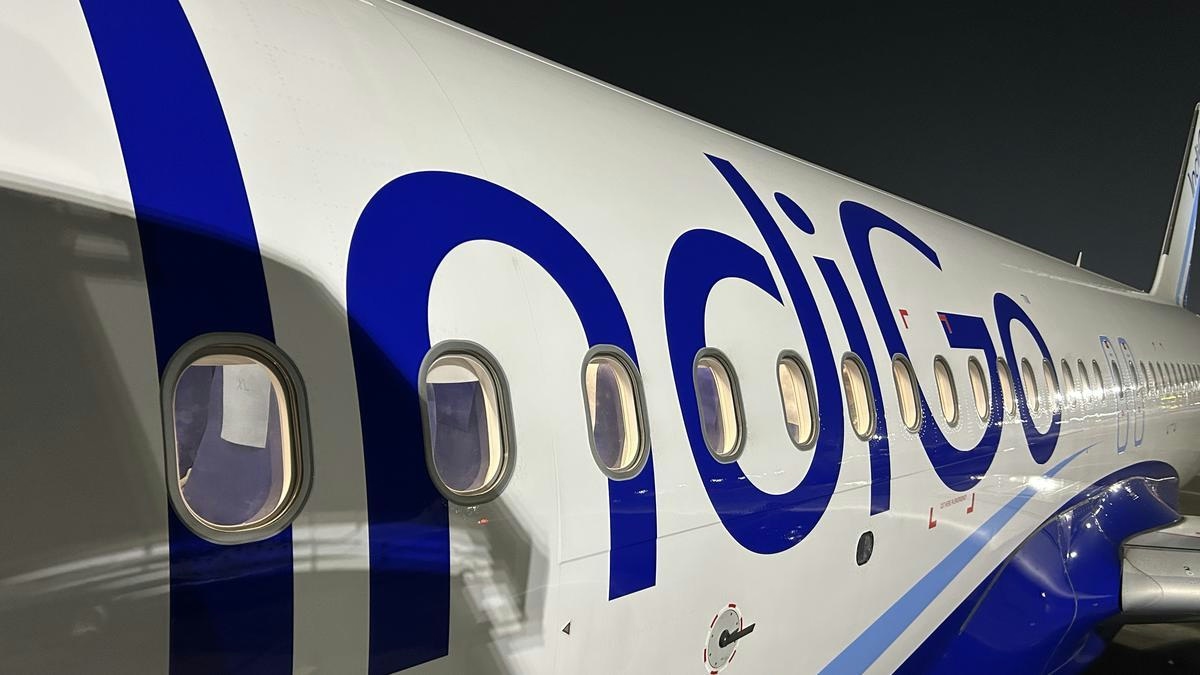
IndiGo to Deploy Wide-Body Aircraft on Vijayawada-Hyderabad Route, Says MP
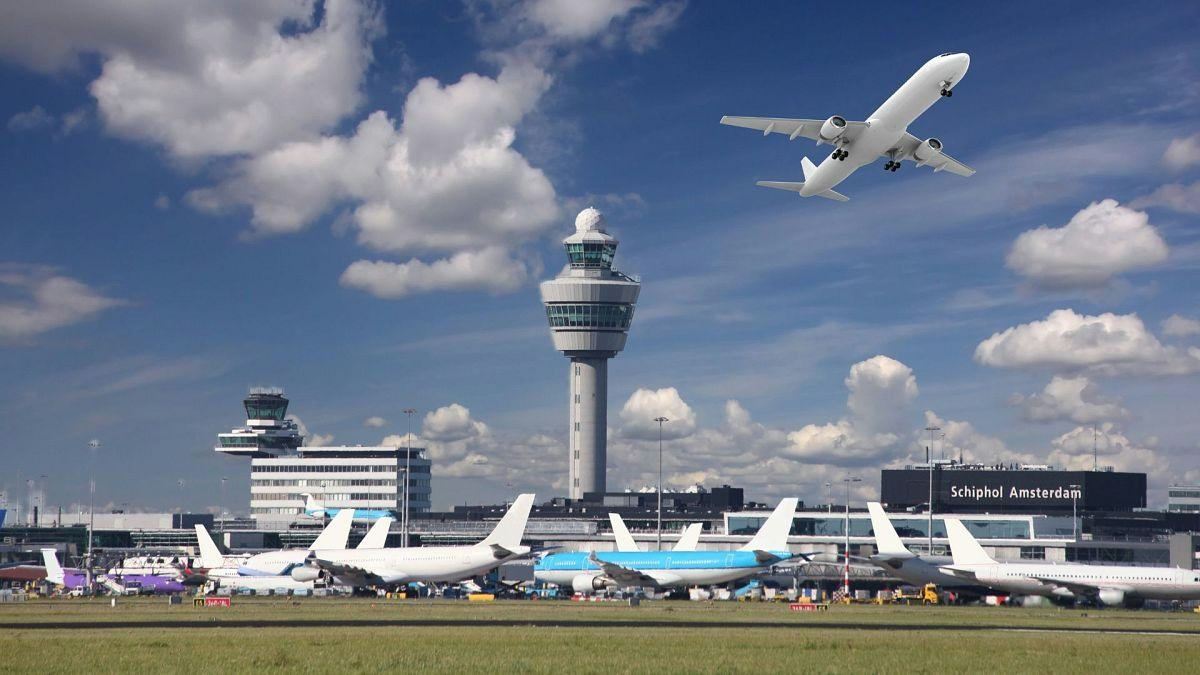
Europe Unveils New Aviation Strategy to Promote Cleaner, Faster Flights
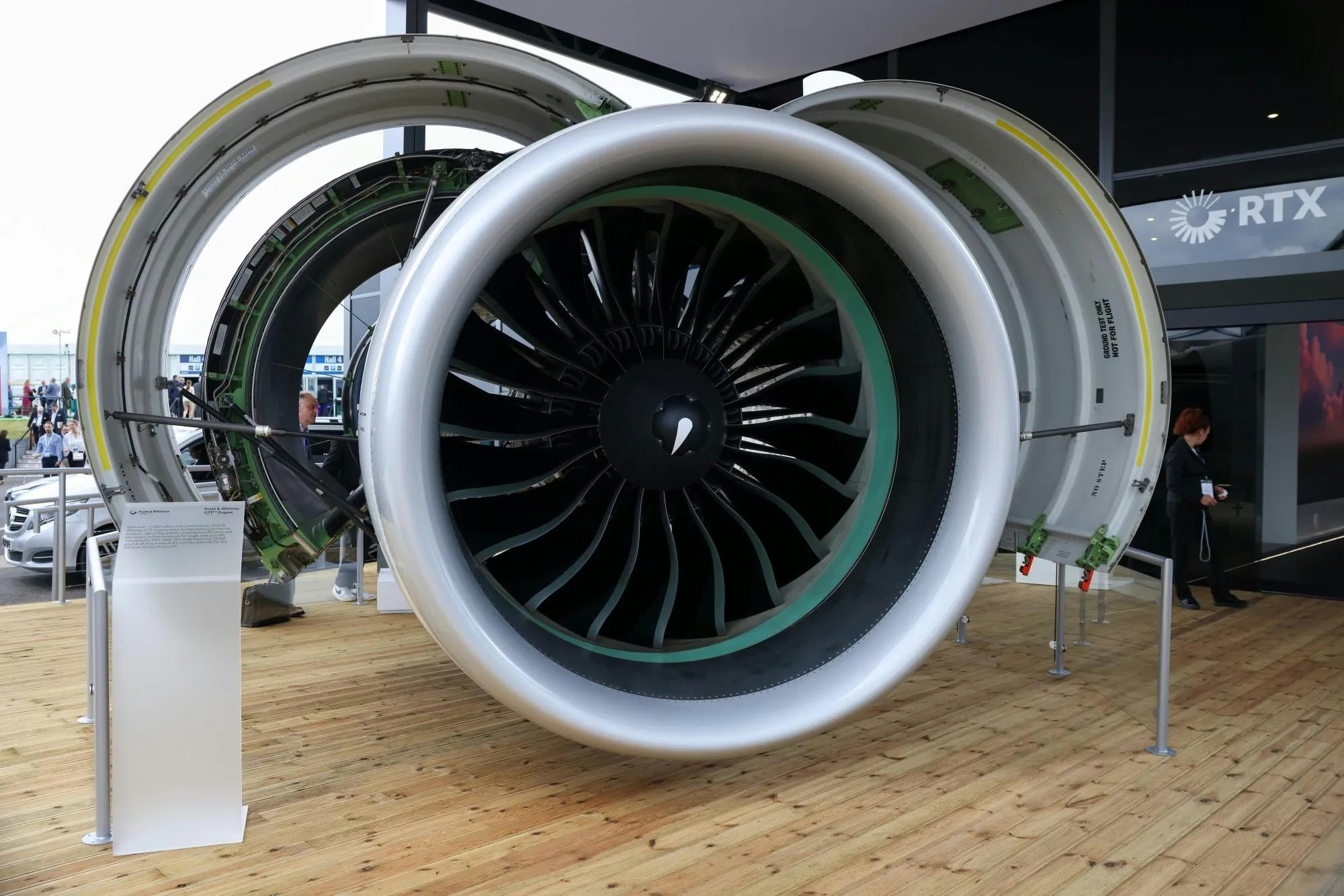
Spirit Signs Agreement with Pratt & Whitney Units on Aircraft Engines

ADB SAFEGATE Receives Industry Awards for Marketing, R&D, and Social Impact

GA Telesis Secures Five-Year Landing Gear Overhaul Agreement with Major U.S. Carrier

Government Strengthens Aviation Safety Framework Amid AI-171 Investigation

NASA Software Raises Bar for Aircraft Icing Research

Dans and Emirates Aviation University Partner on AI Air Traffic Management Research
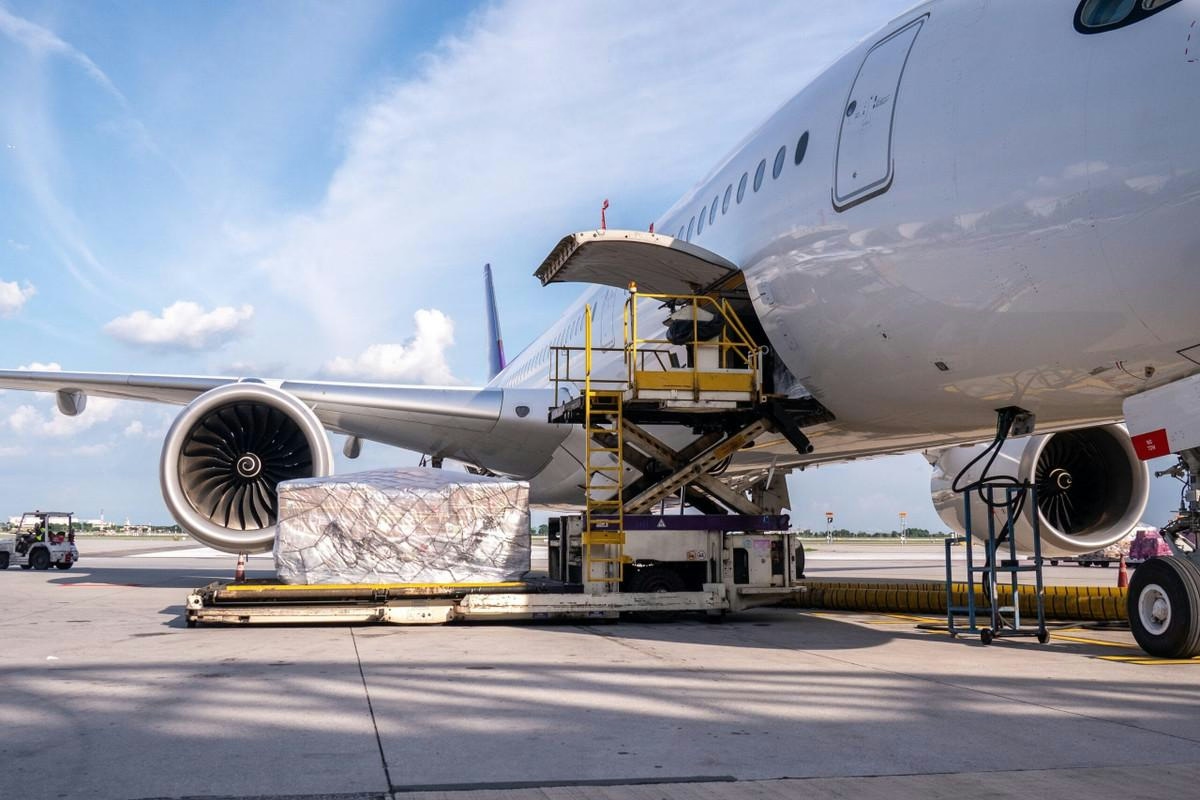
Nigus and AXISCADES to Develop Nigeria’s First Major Aviation MRO Hub
